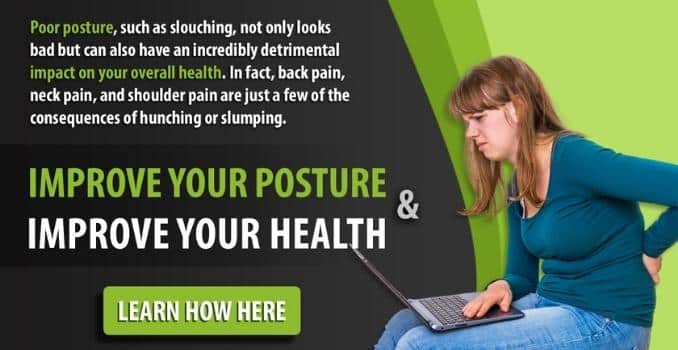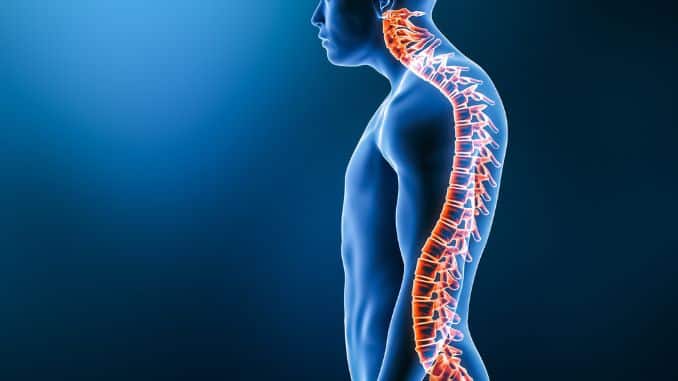
When you are getting older, your body naturally changes in many ways. One of these changes is that the neck and spine start to lose some of their natural curves. This makes it more difficult for the body to keep its head up, even for short periods of time. This results in a stooped appearance where the head, especially in older women, protrudes forward, creating a hunchback effect. For many, this is known as the “dowager’s hump”. Dowager’s hump is an informal term used to describe an excessive curvature of the upper back, but it is actually medically termed as “kyphosis.” People also call it hunchback, round back, or humpback. Read on to learn more about Kyphosis as well as some Kyphosis Exercises.
What Is Kyphosis?
Kyphosis is a spinal condition with an excessive curvature, specifically measuring 50 degrees or greater on an X-ray, in the upper back. A person with this condition has a forward head posture, forward shoulders, and a hunched or slouched back.
Kyphosis can affect both men and women at any age. Several different problems can cause it, and it can affect everyone differently. There are five types of Kyphosis.
Five Types Of Kyphosis
1. Postural Kyphosis
Consistently poor posture leads to the development of this type of kyphosis, as the name suggests. The muscles are trained to hold the spine in a hunched back. Teenagers often see this and it is not painful.
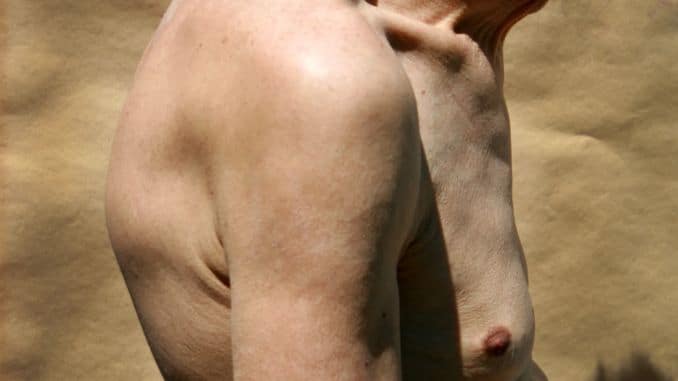
2. Congenital Kyphosis
Congenital kyphosis happens when there is a problem with the development of the baby’s bones or spine. Early detection of it can occur in life or not until the teenage years. Patients with cerebral palsy can also exhibit this kind of kyphosis.
3. Nutritional / Metabolic Kyphosis
This type of kyphosis is usually seen in individuals who have problems processing minerals such as calcium, magnesium, phosphorus, and others that the bone needs to make it strong and hard. When the body doesn’t have enough of these minerals, the bones will become weak and fragile, and osteoporosis can develop, which can make the bones of the spine collapse or fracture.
4. Post-Traumatic Kyphosis
Post-traumatic Kyphosis occurs when trauma after a severe and sudden fall, car crash, and other high-energy accident is applied to the spinal bones, resulting in injuries such as fractures. Fractures can cause the bones to collapse and curve, which could result in kyphosis.
5. Scheuermann’s Kyphosis
The spinal bones, also called vertebrates, develop differently in this disease. Instead of the usual rectangular shape, it becomes a trapezoid shape. Because of the smaller shape or wedge shape of the spine, it allows it to be in a curved stacking position, thus resulting in kyphosis. Kyphosis Exercises will be of great help.
Anatomy Of Kyphosis
Understanding how kyphosis is developed will help you know the normal curves of the spine. The spine has five regions: cervical, thoracic, lumbar, sacral, and coccyx.
The cervical spine, or the neck, starts on the base of the skull. It is composed of 7 vertebrates, from C1-C7, and has a lordotic curve or a curve that is supposed to be directed outwards. Kyphosis rarely develops in this region; however, it is possible.
The thoracic spine, also known as your mid-back, comprises 12 vertebrates, namely T1-T12. This region of the spine connects with your ribs, making it rigid and quite stable compared with the other regions. A Supposedly, there is a kyphotic curve or inward curve present. However, depending on its cause, it can curve excessively, which is medically termed hyperkyphosis or kyphosis.
The lumbar spine, or the lower back, consists of 5 vertebrates, from L1-L5. It is the largest and strongest vertebra and has a lordotic curve, an outward curve, the same as the cervical spine. Kyphosis can affect a region called the thoracolumbar region, where the thoracic and lumbar spine meet together.
In the lowest region, the sacrum and coccyx are located. The sacrum has 5 vertebrates that are fused together when one reaches adulthood, while the coccyx has 4 or 5 fused vertebrates too. Both of these regions have a thoracic curve or an inward curve.
Symptoms Of Kyphosis

The most common symptom of Kyphosis is a rounded shoulders and a hump in the upper back. But for a more severe type of kyphosis, other symptoms may be present. However, these can be minimized through Kyphosis Exercises.
- Pain in the back and shoulder blades
- Stiffness in the back and shoulder blades
- Fatigue
- Shortness of breath or any breathing problems
- Balance problems
- Numb, tingling sensation or weak legs
- Bladder and bowel incontinence
Kyphosis Diagnosis

A physical examination is done to assess the spine when Kyphosis or other spinal conditions are suspected. Medical professionals also use a test called “Adam’s forward bend test.” In this test, you will need to bend forward with your feet together, keep your knees straight, and let your arms hang free. We will see and check any deviation from the spine, whether from kyphosis or scoliosis. Once we have a positive indication of a spinal problem, we will ask you to undergo an X-ray to measure the curve of your spine. Normally, on the thoracic curve, it should measure between 20 and 45 degrees. If the measurement exceeds that, then the doctor diagnoses Kyphosis.
Management And Treatment
Several treatments could be done depending on your age, medical history, type, and severity of the curve of kyphosis you have. Nonsurgical procedures can treat most people with this condition. In severe cases, the spine’s alignment may require surgery to correct.
Nonsurgical treatments include Physical Therapy, which focuses on strengthening the abdominal and back muscles to improve posture and relieve pain, and other Kyphosis Exercises, pain medications that include anti-inflammatory medications, and a back brace to counteract the forces that cause hunched back.
Moreover, if these nonsurgical treatments fail, the doctors recommend surgery. Surgeons commonly perform spinal fusion surgery for Kyphosis. During this procedure, your surgeon will line up your vertebrates in a straighter alignment and then bond them together by using small pieces of bone to fill the spaces between them. During healing, the bones fuse together. This could lessen the curvature of your spine or improve posture and prevent it from worsening.
Best Kyphosis Exercises To Get Rid Of Dowager’s Hump
1. Pectoral Stretch
This stretch targets your chest muscles. Place yourself in the middle of a door frame with both of your hands forming a 90-degree angle. Then lean forward until you feel a gentle stretch in front of your chest and shoulders. Hold this for 30 seconds. Do this 1-3 times, 1 set.
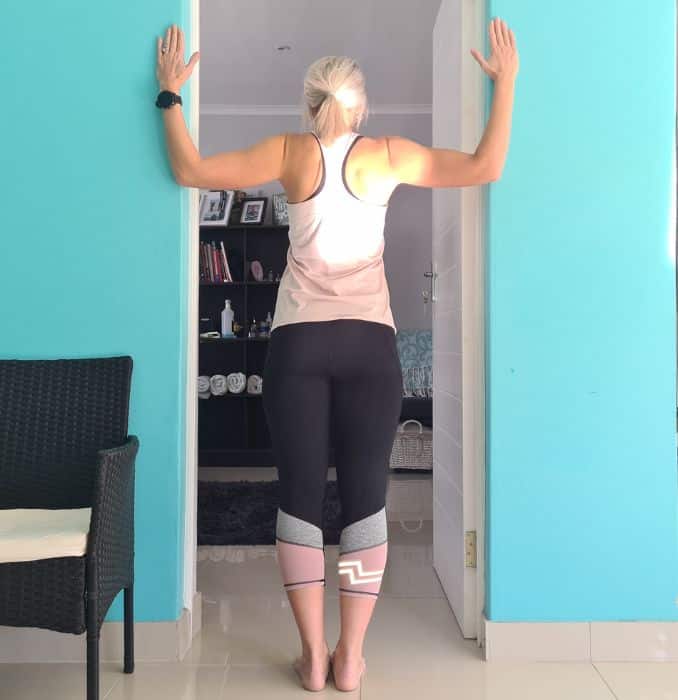
2. Chin tucks/Chin Translation
Stand in an upright position, keeping your neck and shoulders relaxed and looking straight ahead. Then, gently tuck your chin backward as if touching your neck. Hold this for 7 seconds. Do this 10 times, 1-2 sets.
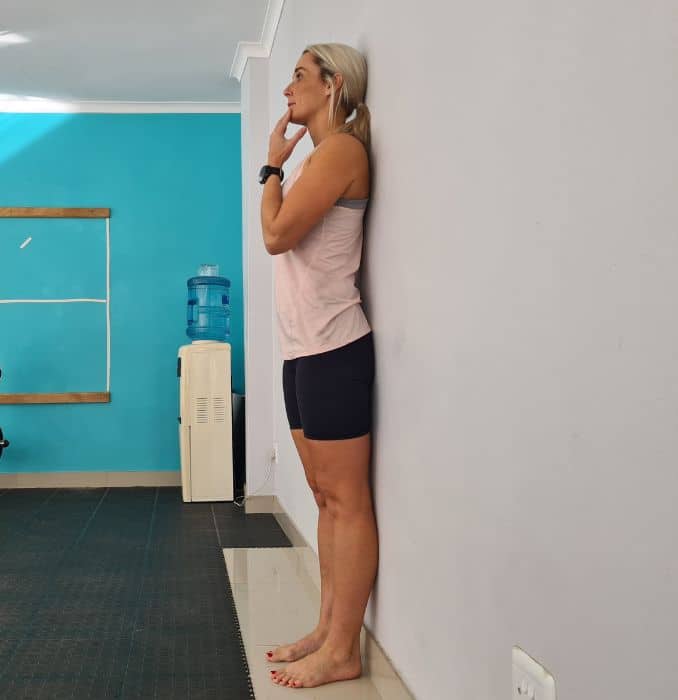 |
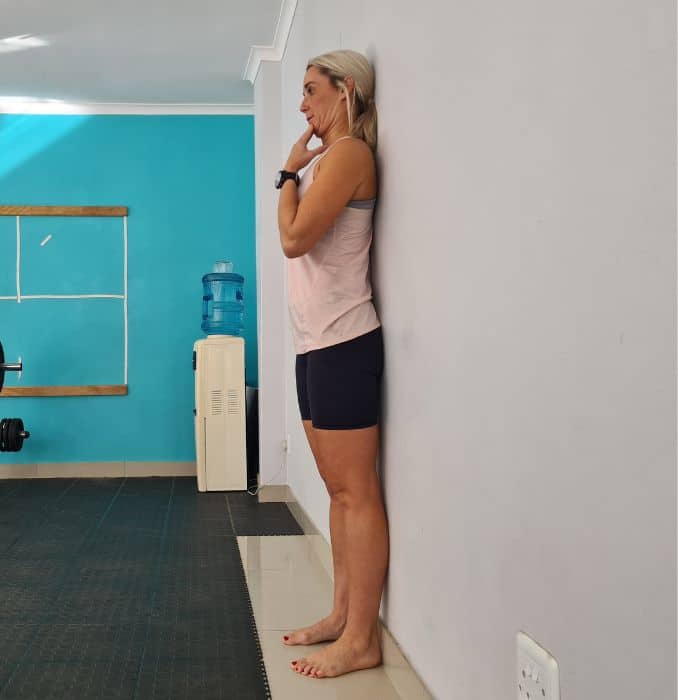 |
3. Thoracic Extension On Foam Roller
Put the foam roller under your upper back with your knees bent and feet flat on the floor. Place both of your hands under your head. Let your head fall, then slowly roll your spine up and down on the foam roller, pausing on the painful parts of the upper back. Do this 10 times, 1-2 sets.
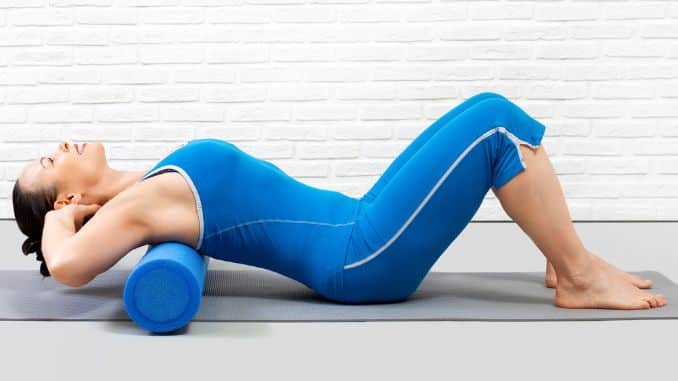
Takeaway
Exercising through Kyphosis Exercises strengthen the muscles in your core and spine and can help you prevent Kyphosis from developing or getting worse. However, if you already have Kyphosis, it is best to consult a Healthcare Provider for a diagnosis as early on as possible so that surgery won’t be necessary later down the line. Ignoring symptoms might lead to more serious problems, such as chronic pain, numbness, and muscle weakness.
It is extremely important to not only recognize the daily habits that contribute to bad posture but to also take active steps to reverse any damage to your overall health. Check out these 5 Daily Habits That Are Damaging Your Posture takes a deeper look at the daily tasks and routines that are playing havoc with your back, neck, and shoulder health. Improve your posture today!

